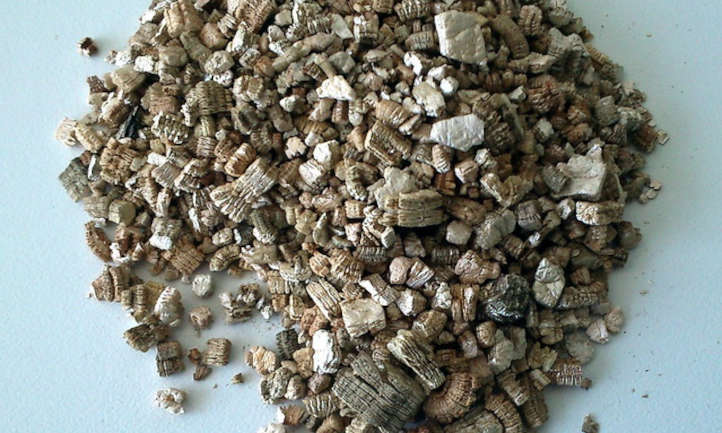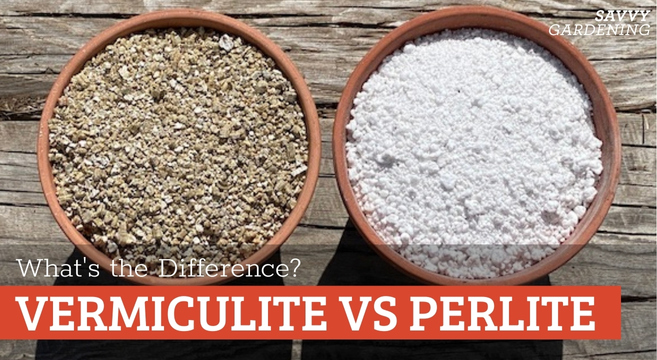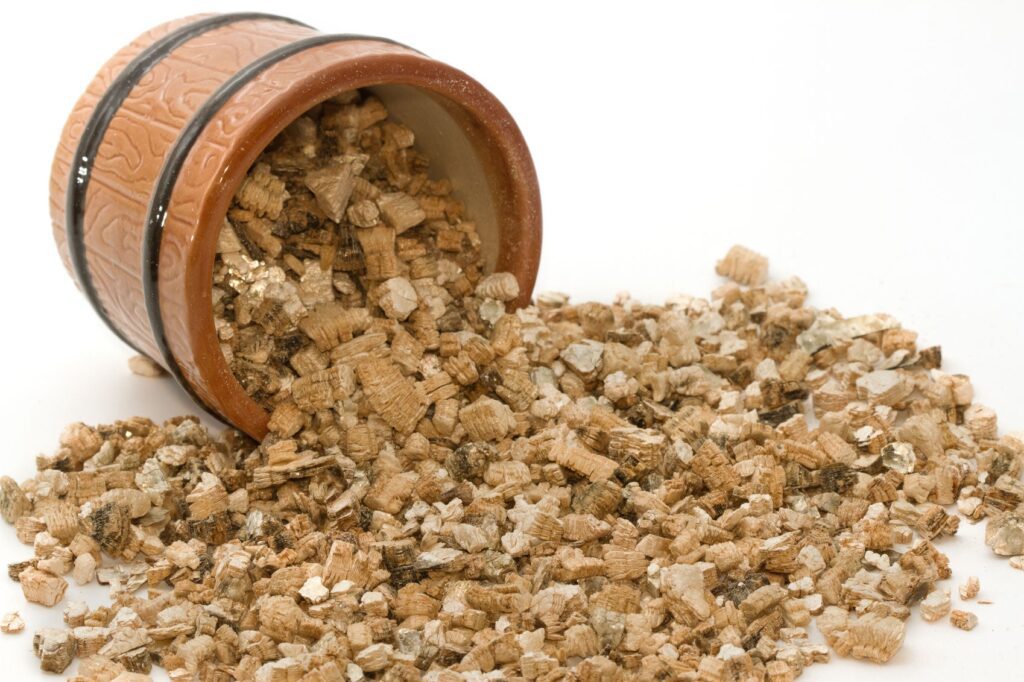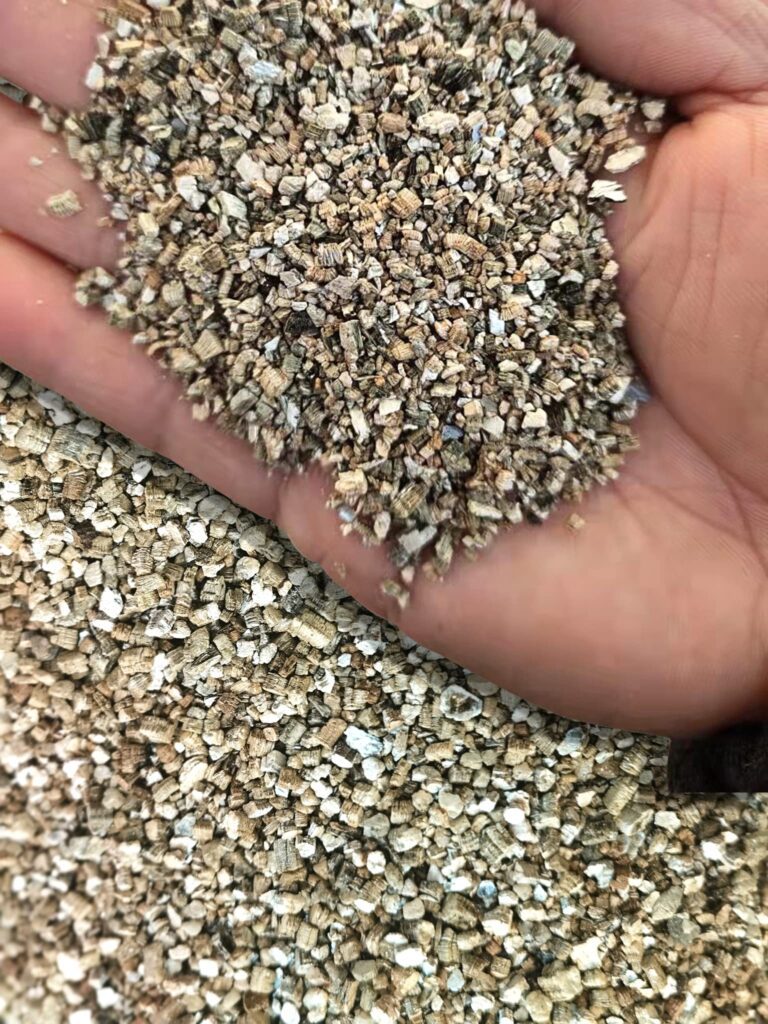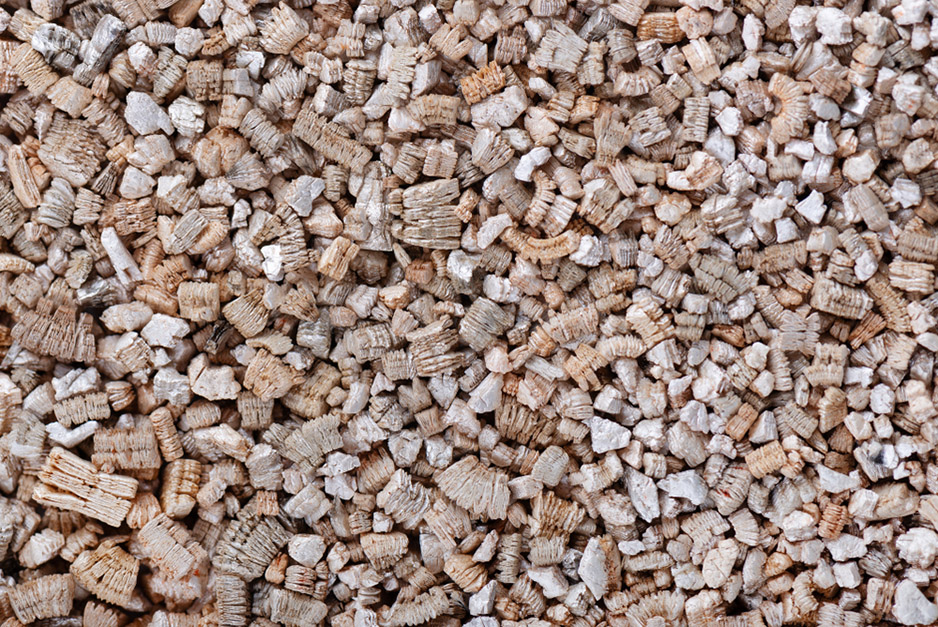If you’re an avid gardener or someone who enjoys working with plants, you may have come across vermiculite before. It’s a popular ingredient in potting mixes, known for its ability to retain moisture and provide important nutrients to plants. But have you ever wondered how often you need to replace vermiculite in your gardening routine? This article aims to shed light on the lifespan of vermiculite and provide you with essential information to help you make informed decisions about your gardening practices. So, let’s dig in and explore the fascinating world of vermiculite!
What is vermiculite?
Definition of vermiculite
Vermiculite is a natural mineral commonly used in various applications, including insulation. It is a lightweight, fire-resistant material that expands when heated, making it ideal for enhancing the insulating properties of buildings. Vermiculite is typically found in a granular or pellet form and is known for its excellent moisture retention capabilities.
Characteristics of vermiculite
Vermiculite exhibits several unique characteristics that contribute to its popularity as an insulation material. It has excellent thermal conductivity, meaning it can effectively slow down the transfer of heat between different areas of a building. Additionally, vermiculite is highly absorbent and can hold up to four times its weight in water, making it useful for moisture control and preventing condensation. This mineral is also chemically inert, non-combustible, and resistant to pests and mold growth.
Common uses of vermiculite
Vermiculite finds widespread applications in both residential and commercial settings. Some common uses of vermiculite include insulation for attics, walls, and roofs. It is also used in gardening and horticulture as a soil amendment to improve moisture retention and nutrient availability. Moreover, vermiculite is utilized in fireproof coatings, lightweight concrete, and various industrial products.
Reasons for replacing vermiculite
Deterioration over time
Like any material, vermiculite can deteriorate over time due to exposure to the elements, fluctuations in temperature, and normal wear and tear. As it ages, vermiculite loses its effectiveness as an insulator and may develop cracks, gaps, or settle, leading to compromised insulation performance and energy inefficiency. It is essential to monitor the condition of vermiculite insulation regularly to ensure it remains intact and functional.
Health concerns
Unfortunately, a significant concern associated with vermiculite insulation is its potential contamination with asbestos. In the past, much of the commercially available vermiculite was sourced from mines that also contained asbestos deposits. Asbestos is a hazardous substance known to cause serious respiratory diseases, including lung cancer and mesothelioma. If vermiculite insulation is found to contain asbestos, it must be promptly replaced to eliminate the health risks associated with asbestos exposure.
Loss of insulation properties
Over time, the insulation properties of vermiculite can deteriorate, resulting in increased energy consumption and higher utility bills. As gaps and cracks develop, heat can escape during the winter or enter during the summer, causing inefficient temperature regulation inside the building. Replacing vermiculite insulation is crucial to maintain optimal energy efficiency and reduce heating and cooling costs.
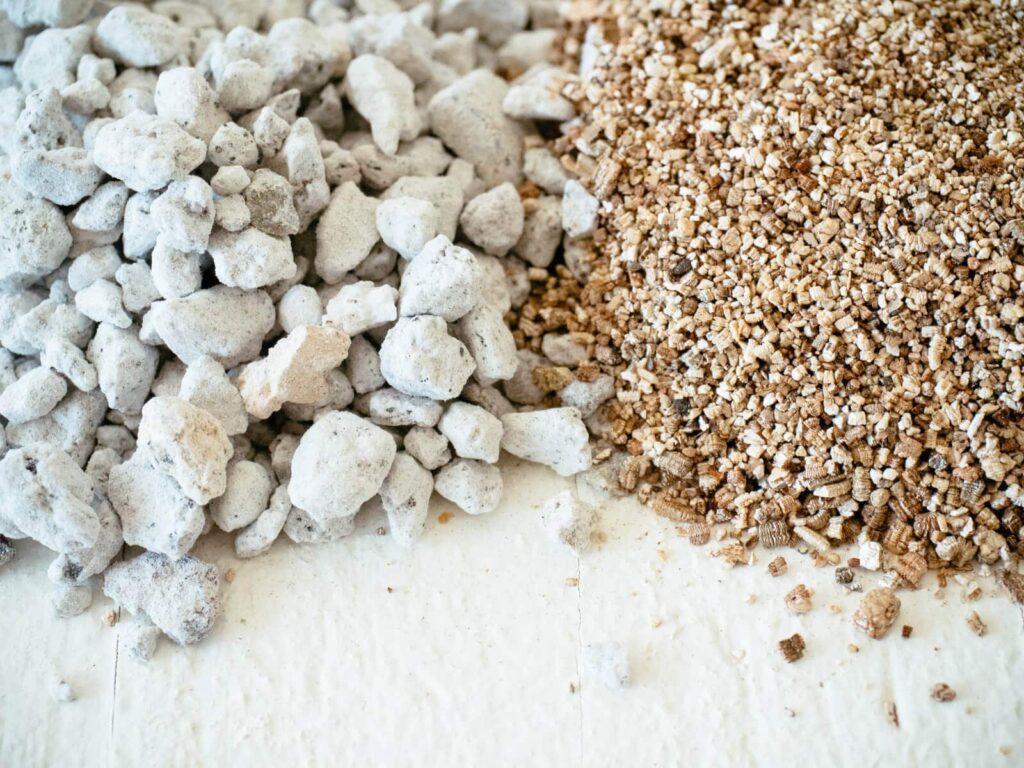

Signs that vermiculite needs replacement
Visible deterioration
Visible signs of deterioration, such as crumbling, cracking, or settling of the vermiculite insulation, are clear indications that replacement is necessary. If you notice any sagging, disintegration, or visible gaps in the insulation, it is advisable to have a professional inspection performed to assess the condition of the material. Prompt action can prevent further deterioration and minimize energy loss.
Increased energy bills
If you notice a sudden increase in your energy bills without any significant changes in your usage patterns, it could be an indication that your vermiculite insulation is losing its effectiveness. Higher energy bills can be a result of heat loss during the winter or heat gain during the summer, caused by compromised insulation. Replacing vermiculite insulation can help restore energy efficiency and lower your utility costs.
Presence of asbestos
The presence of asbestos in vermiculite is a serious concern due to its potential health risks. If you suspect or have confirmation that your vermiculite insulation contains asbestos, immediate replacement is crucial. Asbestos removal should only be conducted by certified professionals trained in the safe handling and disposal of this hazardous material.
Determining the lifespan of vermiculite
Average lifespan of vermiculite
The lifespan of vermiculite insulation can vary depending on several factors, including the quality of the material, installation technique, and environmental conditions. On average, vermiculite insulation can last anywhere from 20 to 30 years. However, consistent maintenance and periodic inspections are necessary to ensure its longevity and functionality.
Factors affecting lifespan
Several factors can influence the lifespan of vermiculite insulation. Exposure to extreme temperature fluctuations, moisture infiltration, and physical damage can accelerate the deterioration of the material. Additionally, if the vermiculite insulation contains asbestos, its lifespan may also be influenced by the condition of the asbestos fibers within the material. Regular inspections and maintenance can help identify potential issues and extend the lifespan of the insulation.
Importance of professional inspection
To accurately determine the condition and remaining lifespan of vermiculite insulation, it is crucial to hire a professional insulation contractor or environmental expert to perform an inspection. These professionals have the expertise and equipment necessary to identify any deficiencies, damage, or asbestos contamination. Their assessment will assist in making informed decisions regarding repair or replacement.
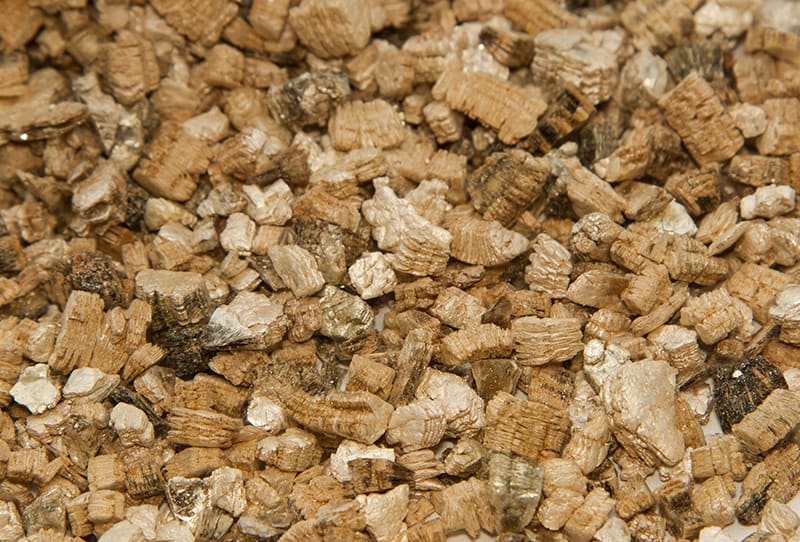

Replacing vermiculite without asbestos
Safe removal and disposal
When replacing vermiculite insulation that does not contain asbestos, it is essential to follow proper removal and disposal procedures. While vermiculite itself is not hazardous, it is advisable to wear protective gear, such as gloves and a mask, during the removal process to minimize dust inhalation. The old vermiculite insulation should be carefully removed and placed in sealed bags or containers for proper disposal at a licensed waste facility.
Choosing suitable alternative insulation
After removing the old vermiculite insulation, it is necessary to choose a suitable alternative insulation material. Several options are available, including fiberglass, cellulose, or foam insulation. The choice of insulation will depend on factors such as budget, desired thermal performance, and any specific requirements for fire resistance or moisture control.
Installing new insulation
Installing the chosen alternative insulation should be done according to the manufacturer’s guidelines and local building codes. Proper installation techniques are essential to ensure optimal performance and efficiency. It is advisable to hire a professional insulation contractor for the installation to ensure the insulation is properly fitted and sealed, minimizing the risk of energy loss and maintaining a comfortable indoor environment.
Replacing vermiculite with asbestos
Safety precautions
When dealing with vermiculite insulation that contains asbestos, specific safety precautions must be followed to protect against asbestos exposure. Asbestos fibers are hazardous when disturbed and can become airborne, posing a health risk if inhaled. It is essential to wear proper personal protective equipment, including a respirator and disposable clothing, and to isolate the work area to prevent contamination of other spaces.
Hiring a qualified asbestos removal professional
Due to the health risks associated with asbestos, the removal process should always be carried out by certified asbestos professionals. These professionals have the training and experience to safely remove and dispose of asbestos-containing materials. Hiring a qualified asbestos removal professional ensures that the removal is conducted in accordance with applicable regulations and that the health and safety of occupants are prioritized.
Legal requirements and regulations
Removing vermiculite insulation with asbestos is subject to specific legal requirements and regulations established by federal, state, and local authorities. It is essential to research and comply with these regulations to avoid any potential legal consequences. Failing to adhere to these regulations can result in fines, penalties, and potential health risks for workers and occupants.
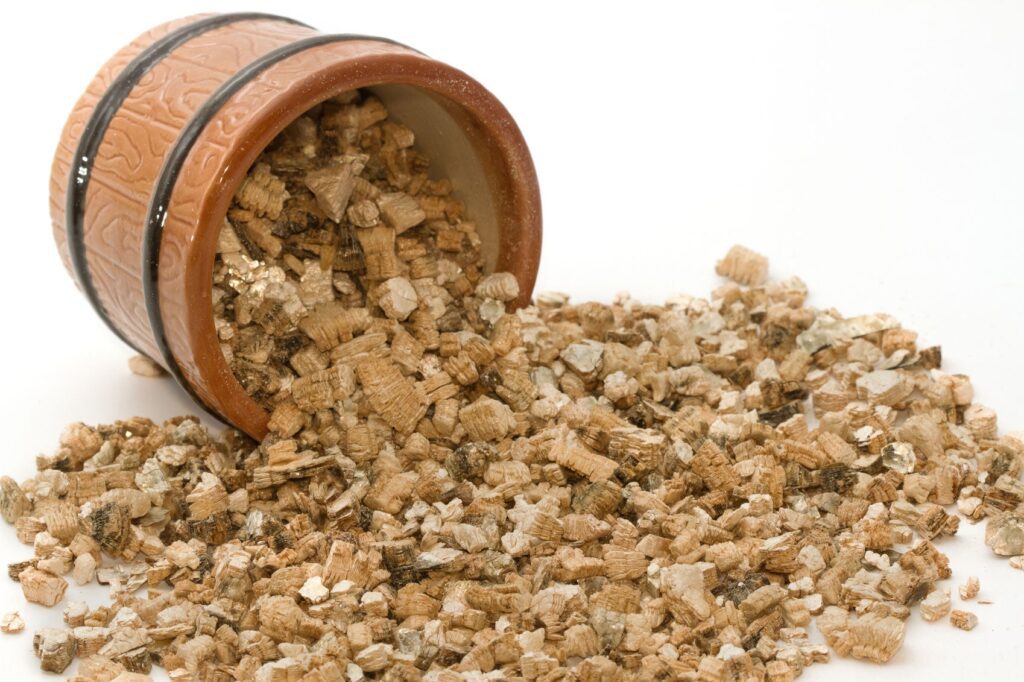

Cost considerations when replacing vermiculite
Removal and disposal costs
The cost of removing and disposing of vermiculite insulation will depend on factors such as the area to be treated, the extent of the contamination (if applicable), and any additional safety measures required. It is advisable to obtain multiple quotes from certified asbestos removal professionals to compare costs and ensure you are getting a fair and competitive price for the service.
Installation costs of new insulation
The cost of installing new insulation will vary based on the chosen material, the size of the area to be insulated, and the complexity of the installation. It is recommended to consult with insulation contractors to receive accurate cost estimates tailored to your specific project requirements.
Potential energy savings
While the initial cost of replacing vermiculite insulation may seem significant, it is important to consider the potential energy savings in the long run. Upgrading to more efficient insulation can significantly reduce heating and cooling costs, leading to substantial savings on your energy bills over time. Investing in quality insulation materials and professional installation can provide both comfort and financial benefits in the future.
DIY vs. professional replacement
Benefits and drawbacks of DIY replacement
Opting for a DIY approach to replace vermiculite insulation may seem appealing to some homeowners looking to save money. However, there are several important factors to consider. DIY replacement requires a significant amount of time, effort, and expertise in handling insulation materials and following proper safety protocols. Inaccurate installation or inadequate safety measures can result in compromised insulation performance and potential health risks.
Advantages of hiring professionals
Hiring professionals for vermiculite insulation replacement offers several advantages. Professional insulation contractors possess the necessary knowledge, skills, and equipment to ensure a proper and safe installation. They are aware of the latest building codes and regulations, and their expertise minimizes the risk of errors or damage during the replacement process. Additionally, professional installation often comes with warranties and guarantees, providing peace of mind and reassurance.
Importance of considering expertise and certification
When hiring professionals for vermiculite insulation replacement, it is crucial to consider their expertise and certification. Look for contractors who specialize in insulation services and have a proven track record of successful installations. Certifications such as those from industry organizations and training programs demonstrate a contractor’s commitment to quality and knowledge in the field. Engaging certified professionals ensures that the replacement process is carried out efficiently and to the highest standards.
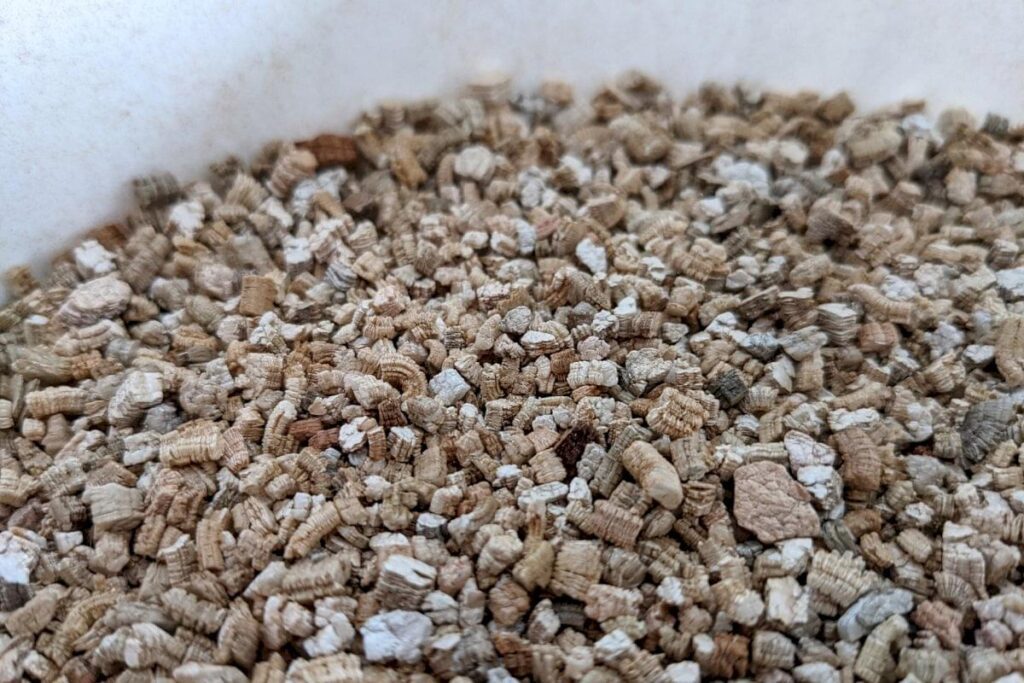

Maintaining and extending the lifespan of vermiculite
Regular inspection and maintenance
To maximize the lifespan of vermiculite insulation, regular inspections and maintenance are essential. Inspect the insulation periodically for any signs of deterioration, damage, or moisture infiltration. Promptly address any issues to prevent further damage and maintain its insulation properties. Regular cleaning and removing any debris or pests can also contribute to the longevity of the insulation.
Preventing moisture and water damage
Moisture intrusion can significantly affect the performance and lifespan of vermiculite insulation. Taking preventive measures to eliminate moisture sources and addressing any water damage promptly is critical. Proper ventilation, sealing any cracks or gaps, and ensuring proper drainage around the building can help prevent moisture-related issues and prolong the lifespan of the insulation.
Avoiding physical damage
Vermiculite insulation, like any material, is susceptible to physical damage. Avoid activities that could cause impact or compression to the insulation, such as storing heavy items directly on top of it or walking excessively over it. Take precautions to protect the insulation during any construction or maintenance work to prevent accidental damage.
Conclusion
Replacing vermiculite insulation is a necessary step to ensure safety, energy efficiency, and optimal comfort in your home or building. Regular inspections, prompt action when deterioration or asbestos contamination is detected, and proper installation of new insulation are crucial for long-term benefits. Whether you choose to DIY or hire professionals, prioritizing safety, expertise, and quality materials will contribute to a successful vermiculite replacement project. By considering the lifespan, signs of deterioration, and potential cost savings, you can make informed decisions and prioritize the well-being of your property and its occupants.
